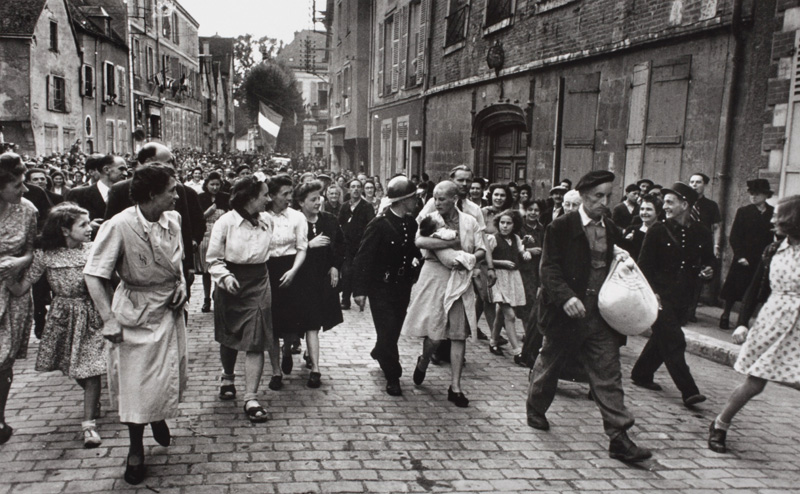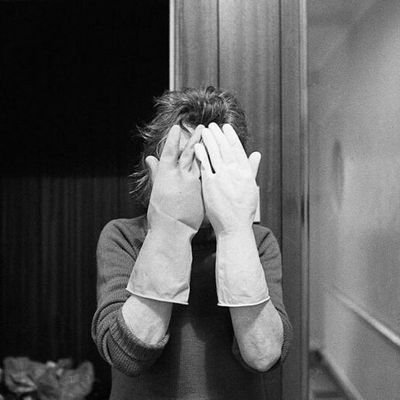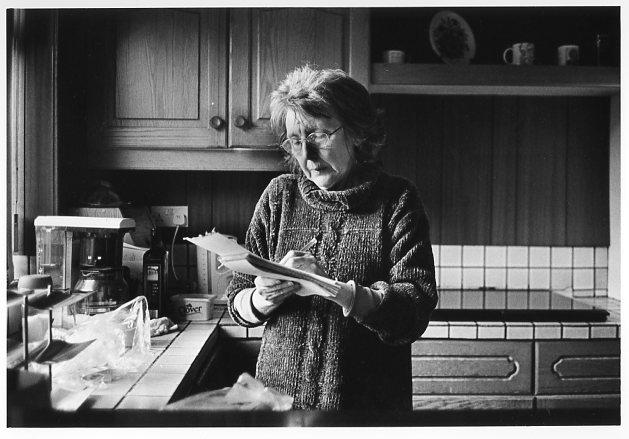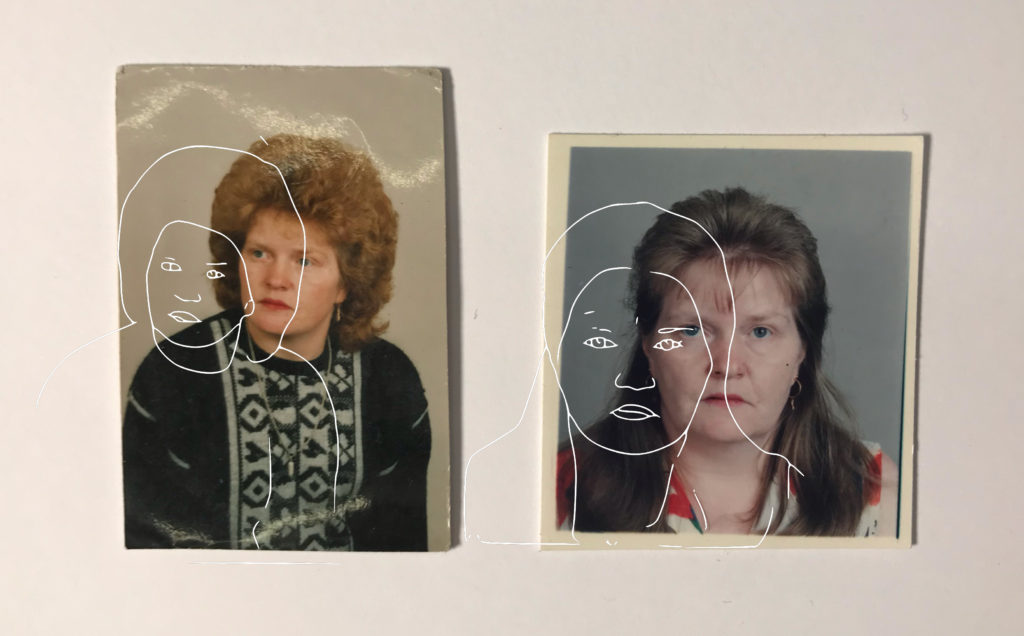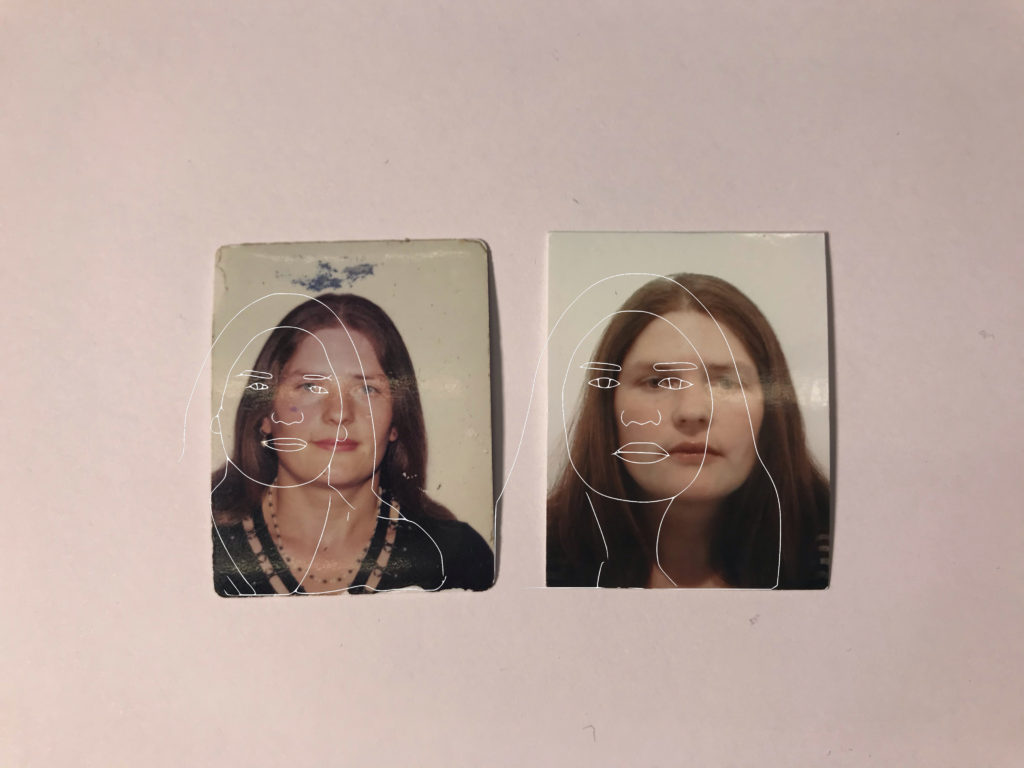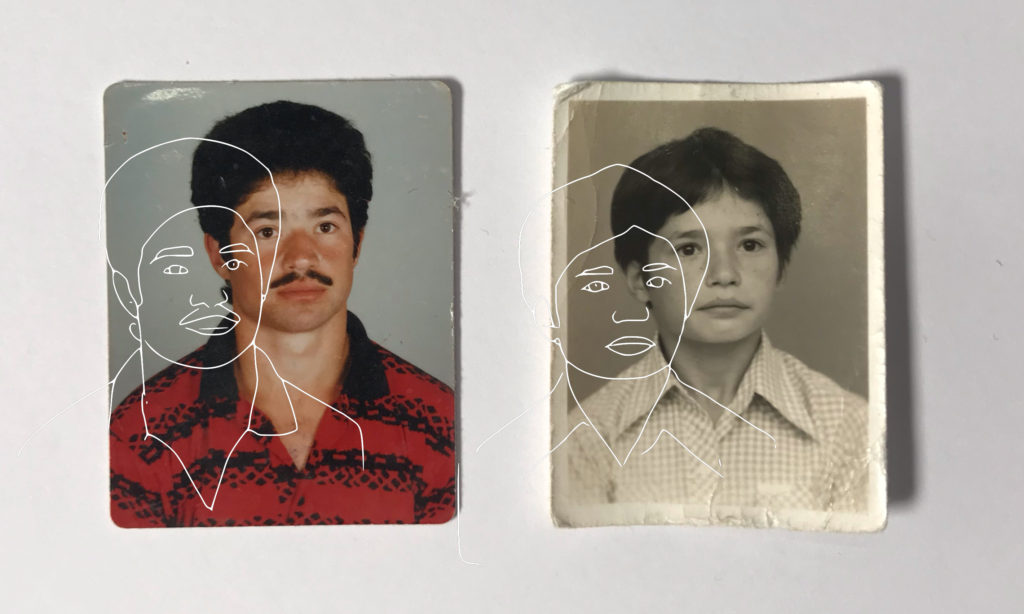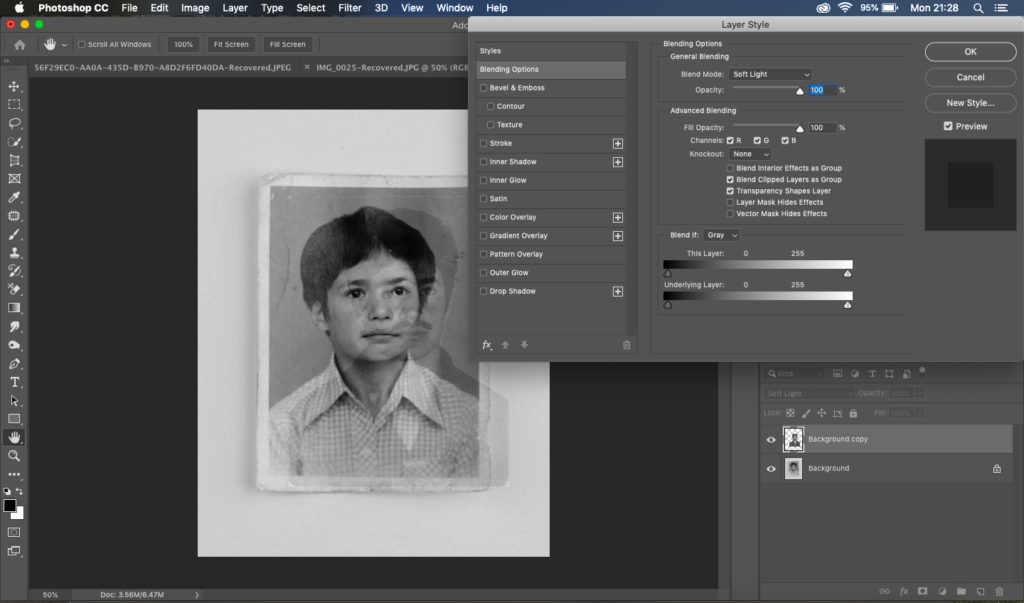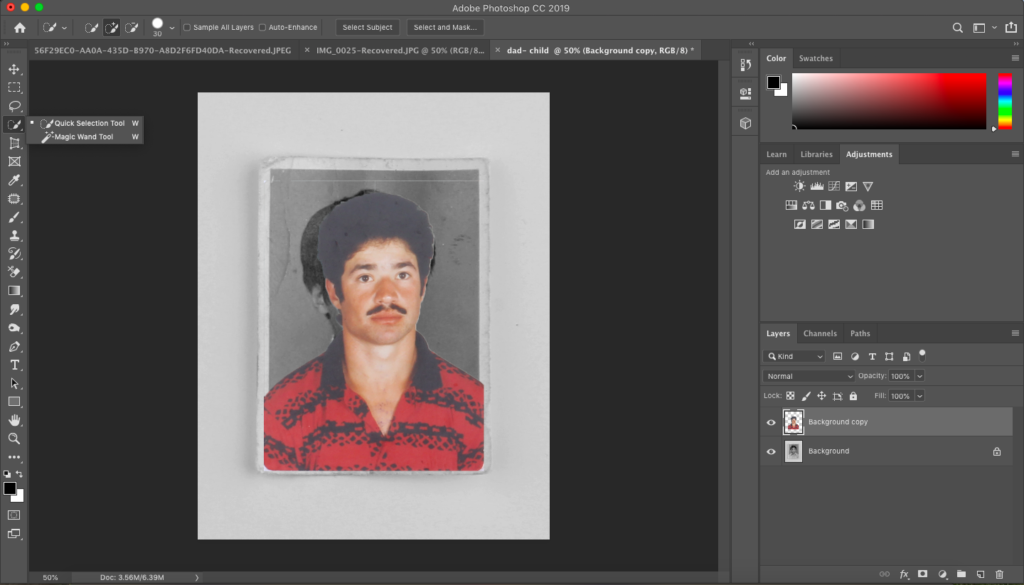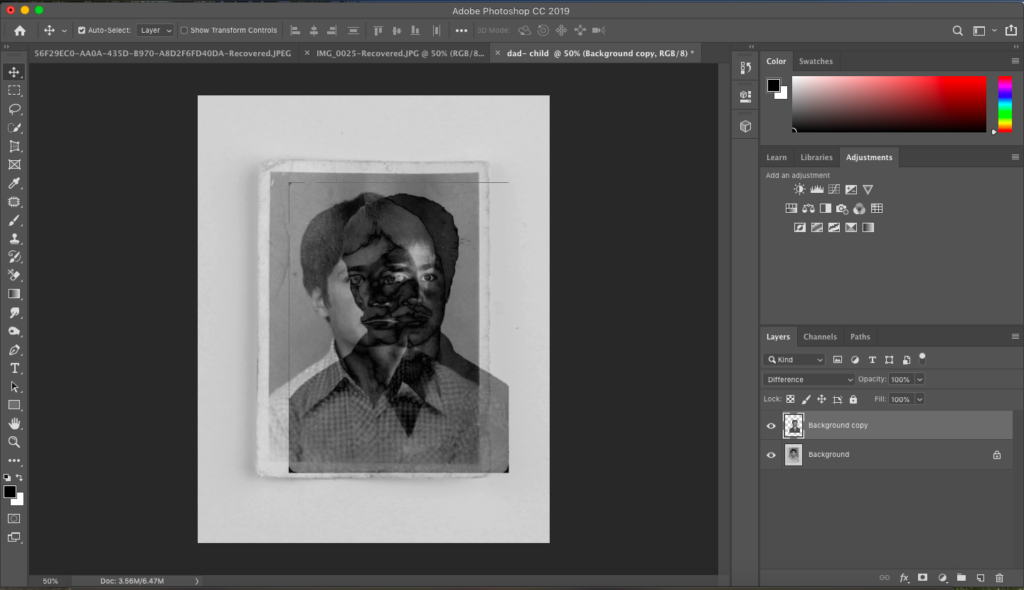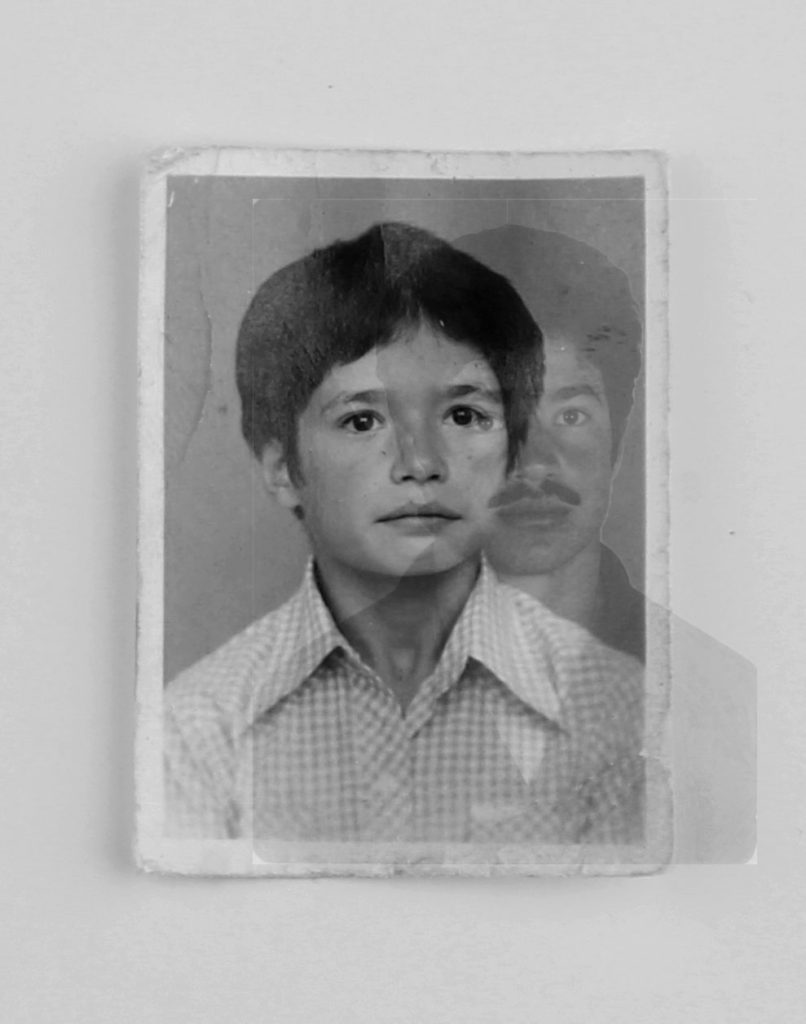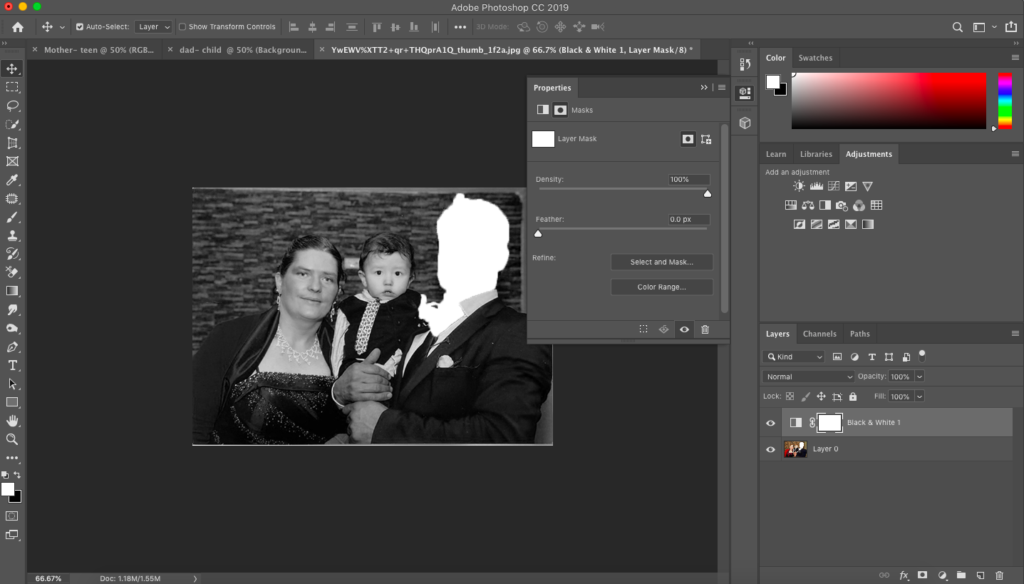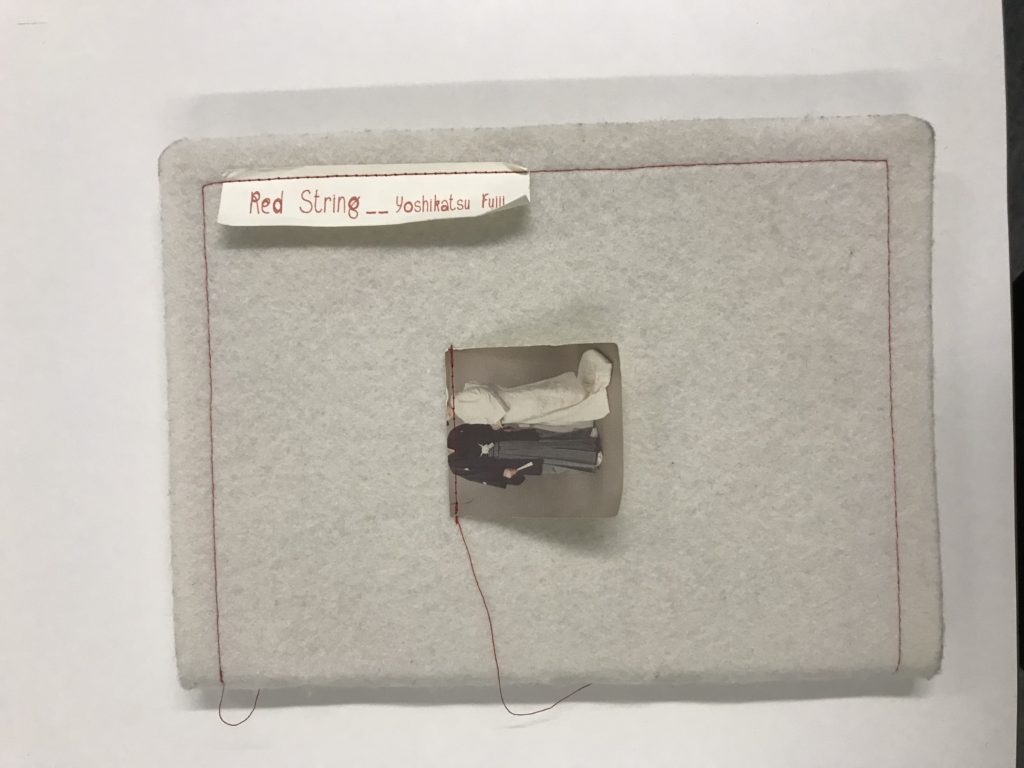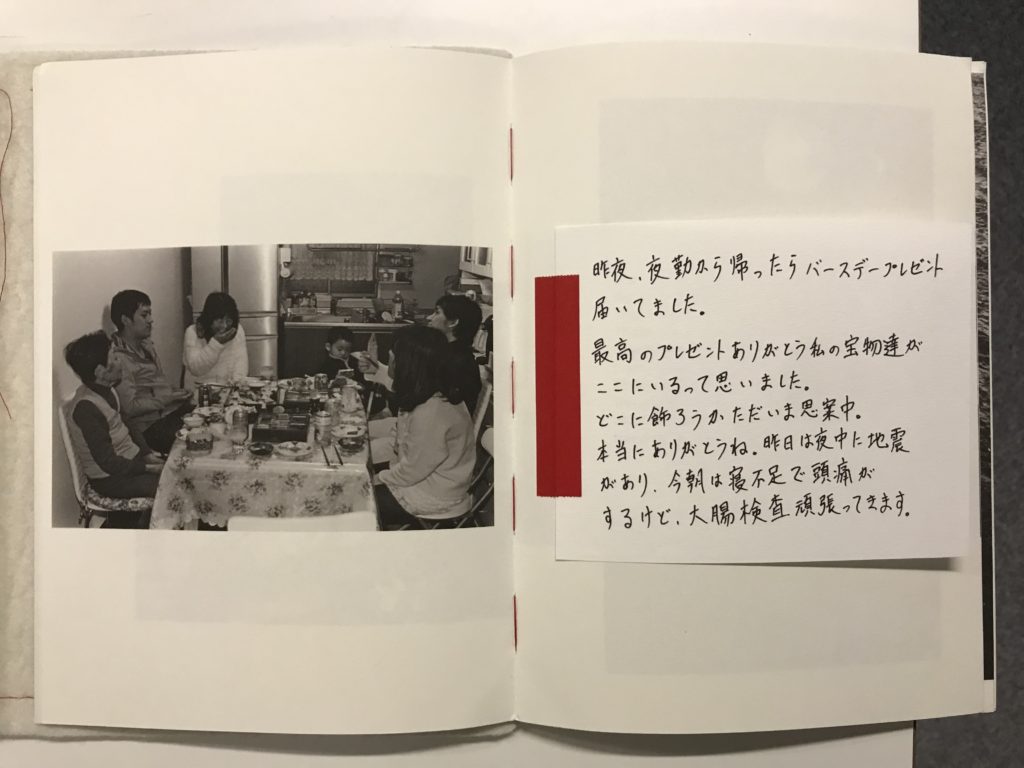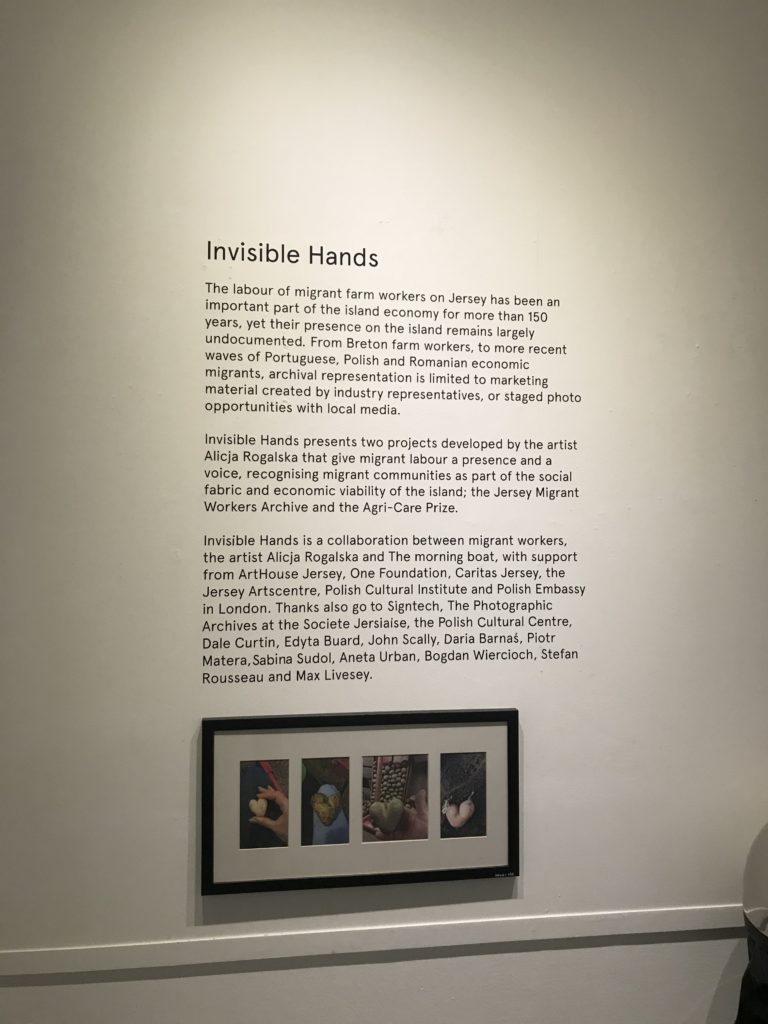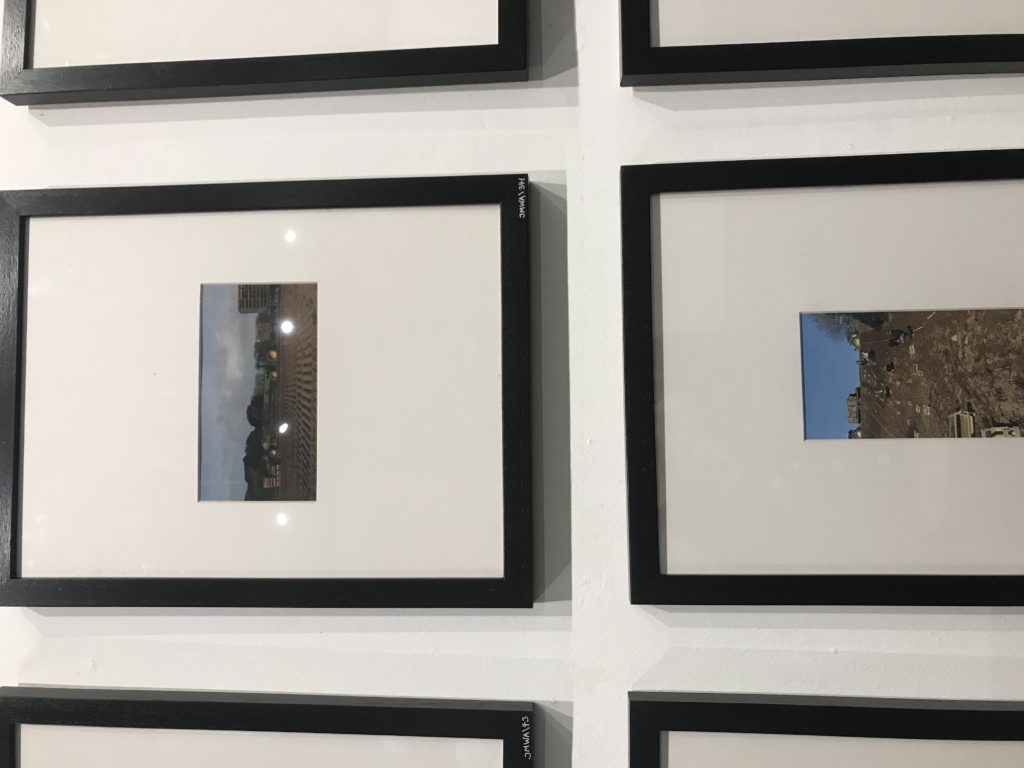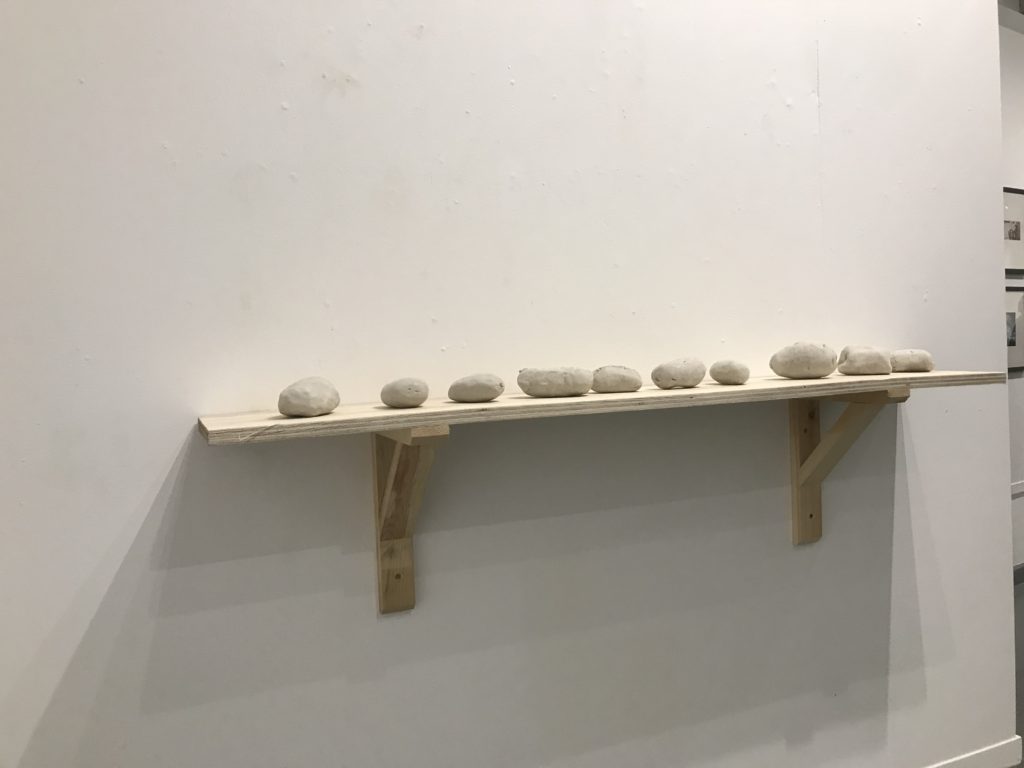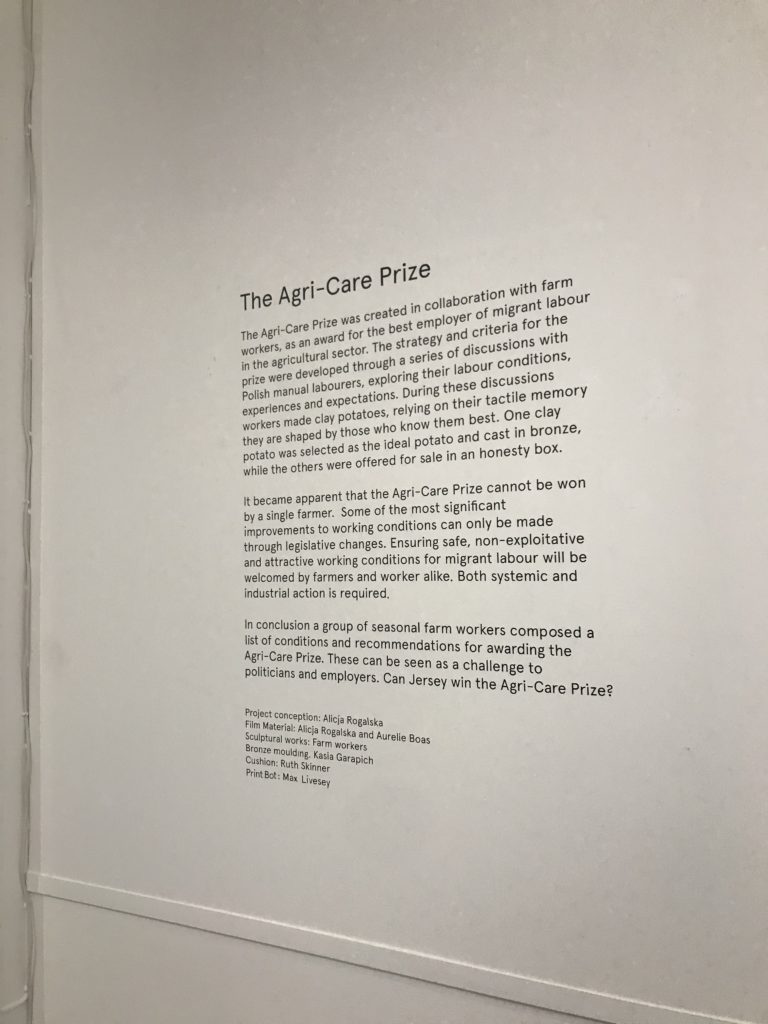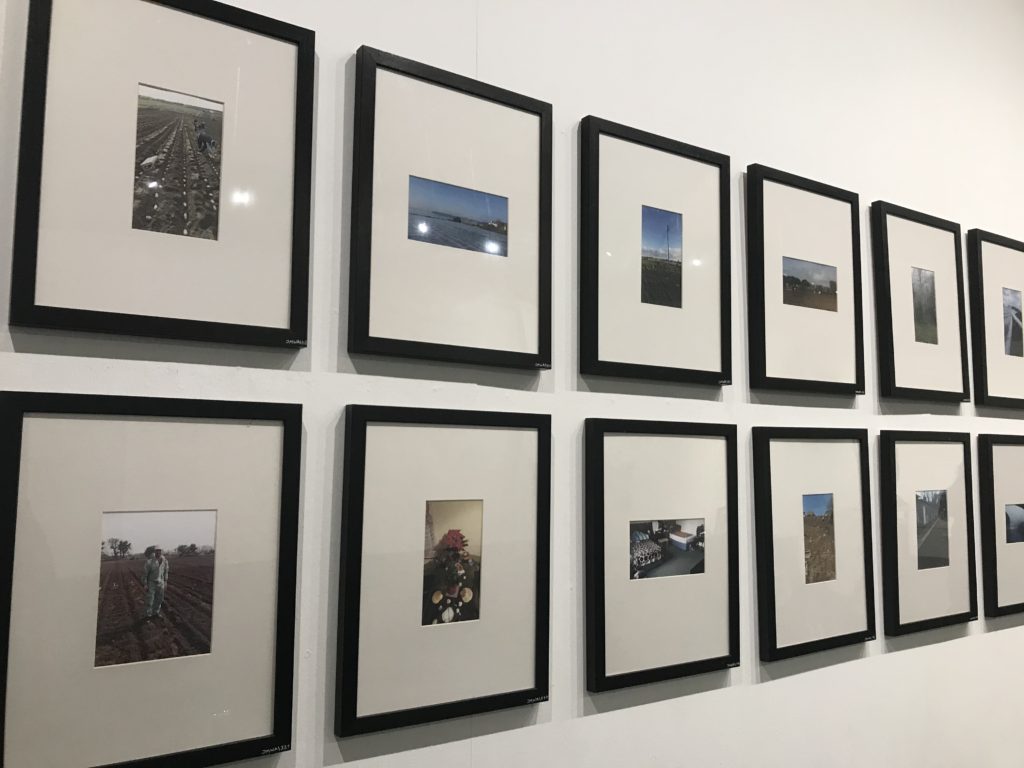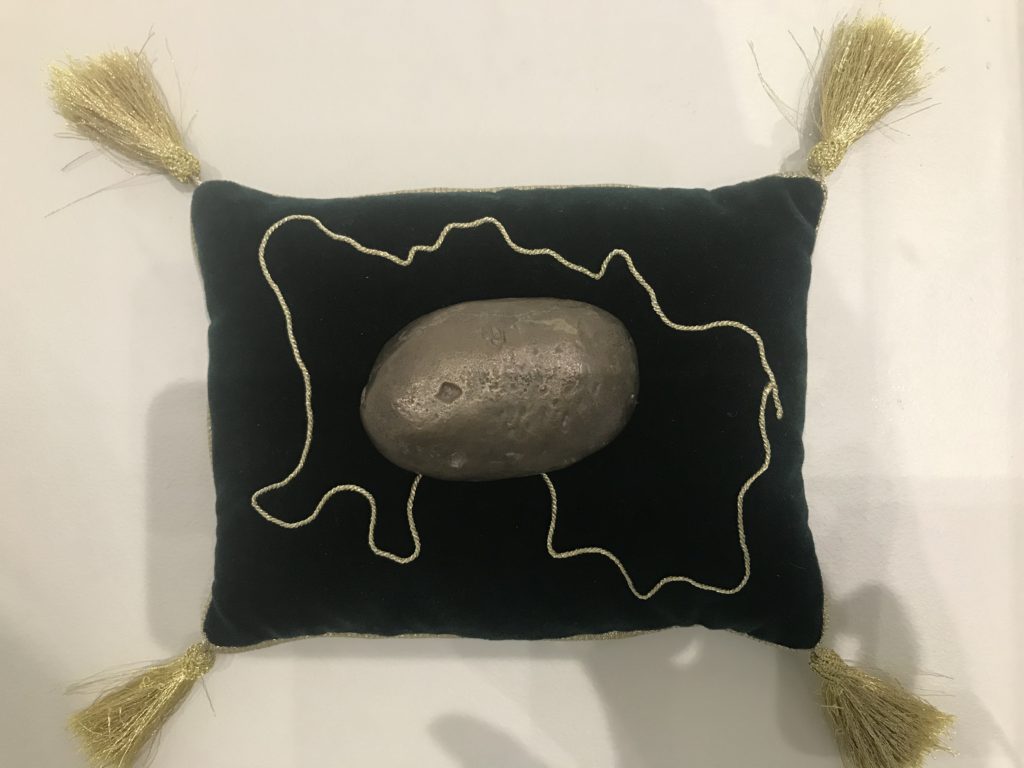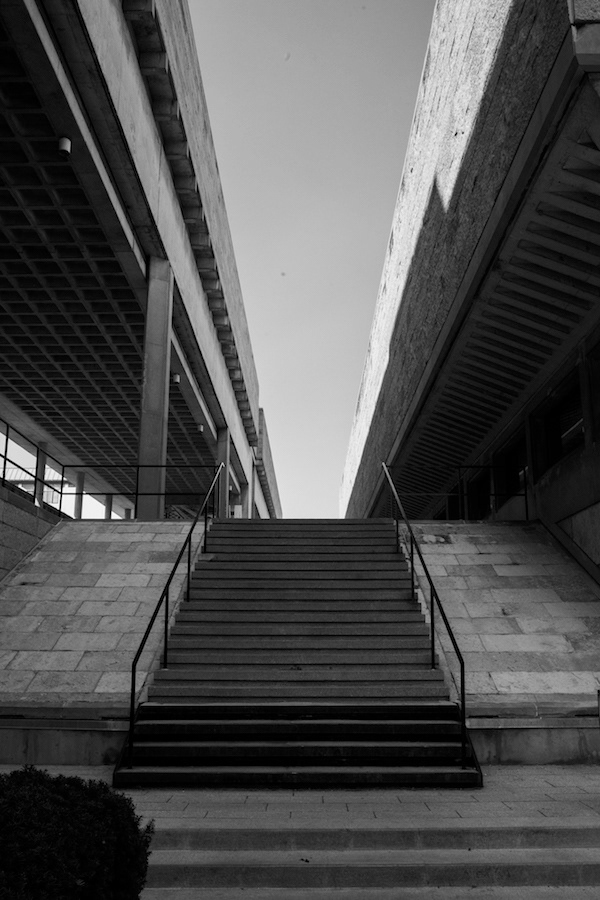For my personal study and the narrative I am going to be exploring the photographical approach I will be using is Documentary photography.
The definition of Google for documentary photography is : “Documentary photography usually refers to a popular form of photography used to chronicle events or environments both significant and relevant to history and historical events as well as everyday life.”
I watched a couple videos on the history of Documentary photography and who’s work contributed to this approach.
The video above is a from a Ted Talks from a man called Billy Weeks. In his video he explained that his voice was going to be used through photographing things, people, objects and that’s exactly what he done. The video being titled “two views” is a high indicator that in every image there is always 2 people, the subject and the person behind the lens. We doesn’t see one person but we as the viewers know that they’re there. Without documentary photography many great social issues would not be publicised and would be censored into the unknown, therefore by having practices like this its opening views and doors for people that they might not even know existed.
Later on in the video Weeks also talks about several photographers associated with this practice like Robert Capa a famous war photographer who once said that ‘If your photos aren’t good enough its because you’re not close enough…’ Unfortunately for Capa, he was later killed in the battle field but, what made him so different from other documentary photographers is that he knew that in order to tell the narrative you needed to live in that narrative.

Robert Capa was born on October 22nd 1913 to a Hungarian family and was later discovered through his journalism skills and his photography skills. Capa fled political repression when he was younger, moving too Berlin. He also watched the rise of Hitler which then lead him to moving to Paris where he met and began to work with Greta Phoroylle. During his time as photographer he conquered 5 wars . The Spanish Civil war, the second Sino- Japanese War, World War 2 across Europe, the 1948 Arab- Israeli War, and the first Inodchina War, with his photos published in major magazines and newspapers.
What I learned from this video and Weeks’ practice that in order to capture that documentary style image a piece of the photographers background has to be captured. For this project I will be trying to incorporate importance in the setting of each image and the subject or the object I will be photographing.

